Barbie could be so much more than a retooled Paris Hilton
They maybe just toys, but for some children these miniature figures are some of the earliest archetypes of womanhood they’ll see

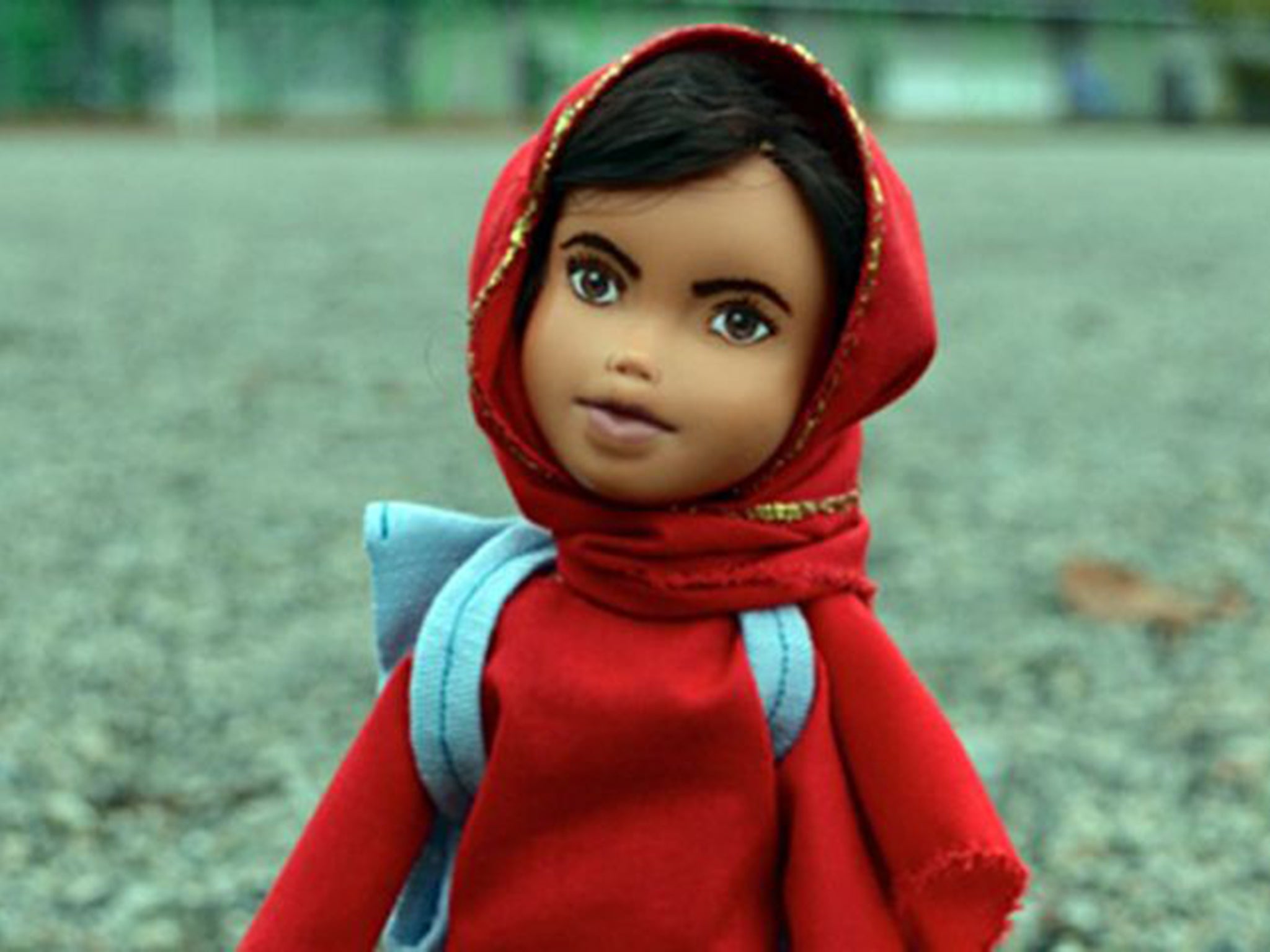
Two years ago my daughter received a birthday present from a friend, a miniature Barbie doll with accessories that included a pink car, a handbag, sunglasses, a hairbrush and a chihuahua. It was essentially a shrink-wrapped Paris Hilton. My daughter was delighted though I wasn’t so keen. If I’m honest, I’d have been less irritated had she been given a bomb-making kit and an instruction manual, though now it has gone the way of most toys: battered, forgotten, replaced by something more interesting. Phew.
Children’s toys are an ideological minefield, a point brilliantly underlined by the Vancouver artist Wendy Tsao who has scraped the make-up off Bratz dolls and turned them into what she calls “Mighty Dolls”, figures modelled on inspirational women such as Malala Yousafzai, Frida Kahlo and J K Rowling. Inspired by the Tasmanian artist Sonia Singh, the brains behind Tree Change Dolls in which second-hand dolls are divested of their eyeliner and given a “make-under”, Tsao’s project is part of a broader campaign to desexualise children’s dolls.
You’ll have seen the regular Bratz dolls with their itsy-bitsy waists, orange faces and enormous bushbaby eyes. You’ll see the same features on young women with their spray tans, fake eyelashes and ironed hair. It’s the look that launched a thousand selfies. But are Tsao, Singh and the legions of dispirited parents over-reacting to these uniform portrayals of the female form? They’re just toys, after all and the kids couldn’t care less.
However, Bratz dolls are the tip of the iceberg in a toy industry that – despite campaigns such as Let Toys Be Toys – engages in ferocious gender stereotyping. While girls’ departments in toy shops are pink and sparkly and full of miniature cookers, princess dresses and plastic cupcakes, boys’ departments are invariably blue and based around building, sports and superheroes. The last time I visited Toys R Us, I nearly sat down and cried.
Parents’ protestations leave toy producers with a dilemma – how to meet the childhood desire to dress up or indulge in fairytale make-believe versus the largely middle-class decree that toys should be educational.
But there is, surely, a middle ground in which dolls can exist without being retooled as Paris Hilton, and in which toy cookers, tool kits, cars and ponies can endure, without being marketed by gender. Dressing up dolls or fantasising about make-up is as much a part of girlhood as grazed knees and ice cream. The problem is when these are the only options, and when the Bratz aesthetic is presented as the norm.
For some children these miniature figures are some of the earliest archetypes of womanhood they’ll see. As long as these archetypes dominate, I’ll be directing my child towards the mini-Malalas and putting poor, broken Barbie out with the trash.

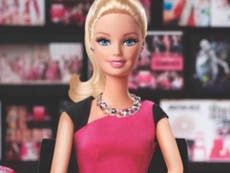
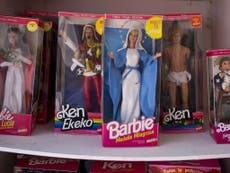
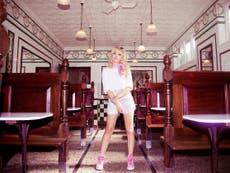
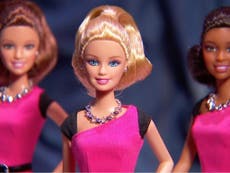
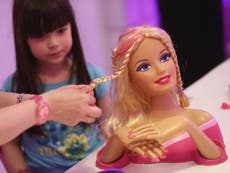
Join our commenting forum
Join thought-provoking conversations, follow other Independent readers and see their replies